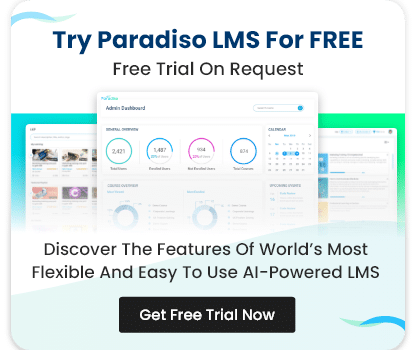SCORM is a collection of standards and specifications that allow the description and packaging of e-learning courses. SCORM contains information on how you should use learning content in a course, how it is structured, what content should be learned, and how courses should be conducted. The technical standards, specifications, and policies are directly linked to the unique needs of content producers, faculty, students, developers, publishers, and other stakeholders in the industry.
Run-time Communication and Data Exchange
SCORM includes a description of the SCO runtime API used by SCORM and the runtime data model used by LMS to store information about the learner’s experience in the content object.
Run – time communication and data exchange determine that the content is being played and what is being learned. It also determines who plays what content, what is learned, and how much. This depends on how the course provider implements the SCORM API and the degree of integration between content and data exchange.
How SCORM works?
Shareable Web-based training content created according to the SCORM standard is one of the most popular content management systems in the world. XML is used in many areas; it helps in learning and developing applications, web-based course software, whether it is a student administration system or a learning management system. This includes the ability to share content for a course with the same student and use information about the subject’s success status and use it as a reference point for other content in the course, such as the student’s name, date of birth, etc.
SCORM 2004 also includes the possibility to exchange information about success and status, which can be used in various ways, for example, through the use of a web interface or an application or application – to – application communication. The SCORM content packaging described in the book provides the ability to describe the metadata that describes the content, such as the subject, subject name, course title, learning content, description, and the nature, format, and structure of the content.
It defines the host system, the so-called runtime environment, which is usually supported by the SCORM LMS, and the user interface (UI). It determines how learning content should be encoded, how it can be discovered later by others, how the content can be integrated into the sequence of learning activities and how its appearance, delivery, media, etc. can be adapted individually to the individual learner.
The Content Aggregation Model defines how to describe and compose shared and interoperable courses from the content. SCORM controls how content is packaged and described, how users are allowed to navigate to content, but also how individual learning content is described. It provides a framework for launching content objects and providing each learner’s content structure. The SCORM RTE model describes how an LMS controls the resulting learning experience and, in particular, the activity tree, or how the learning experience can influence these.















